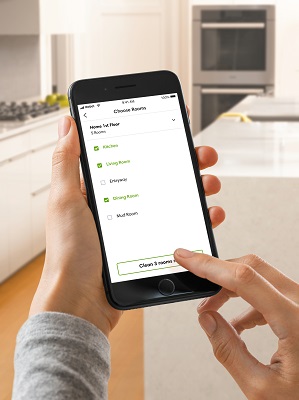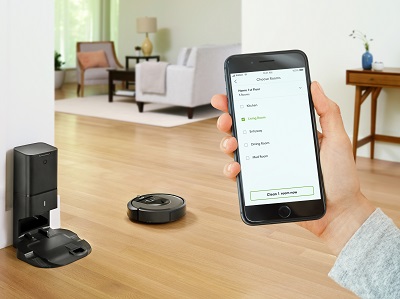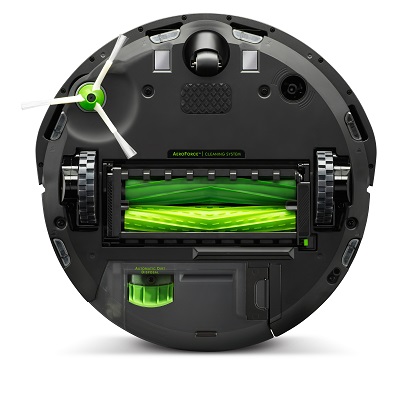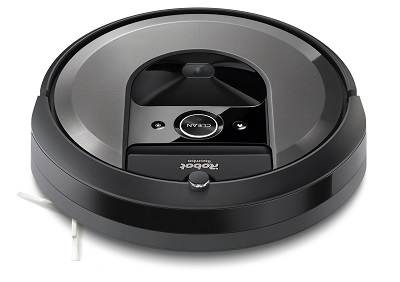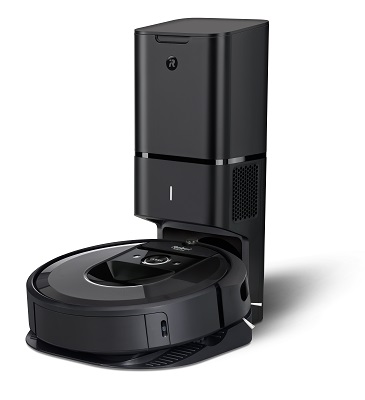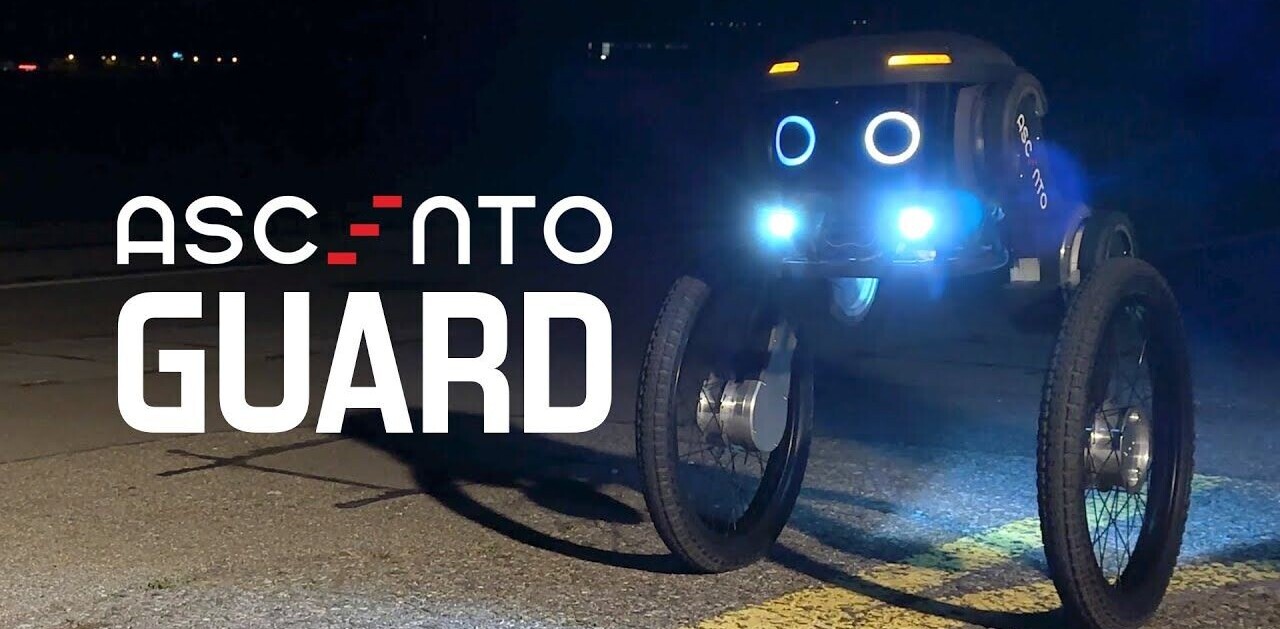
- Product
- Roomba i7+
- Price
- $1,099
Two months in and I’m ready to call it. The race is over. For the money, there is no better robotic vacuum on the market than iRobot’s Roomba i7+. “For the money,” though, is a huge caveat; this is a device that sells for north of a thousand bucks.
If the past two years has proven anything, it’s that the market is shifting toward smaller, quieter, and cheaper robots. For iRobot, this is a nose-thumbing moment to the cheaper, albeit capable, Chinese competitors. It’s a direct contradiction that takes the bigger, faster, stronger approach to a world that craves commoditized devices capable of doing the job, but not much else. The i7+ can do the job too, but it’ll set you back about as much as a decent refrigerator or a washer and dryer combination at your local big box retailer.
So, the price is a legitimate concern. But for those seeking the best, you need look no further. This is it. And it empties itself. So that’s definitely worth something, right?
Nuts and bolts
Under the hood, you’ll find a reimagined cleaning system featuring a faster processor, more RAM, and a slew of embedded sensors and cameras. Boring stuff aside, the benefit to better technology is clearly a smarter robot. And the i7 is every bit as good as advertised.
It’s got a redesigned cleaning head with dual multi-surface rubber brushes. The brushes are great for the stubborn bits other vacuums tend to leave behind. They flex as the device moves, staying connected to the floor at all times, regardless of the surface (hardwood, tile, or carpet). When on, the brushes act as an agitating brush, stirring up the dust and loosening particles other vacuums may have missed. Ours, as we soon found out, was missing a lot. Even testing the i7 on floors that had just been “cleaned” by another mid-tier offering the Roomba managed to find a lot of dirt the other had missed.
It doesn’t just loosen dirt, though, it’s the best robot on the market at actually capturing it. In marketing materials, iRobot promised 10-times the air power, a feat that makes the suction on this bad boy better than anything we’ve seen. And while we don’t have a scientific way to measure suction, we’re apt to believe the claims. Though, to be honest, we’re not really sure what iRobot is claiming here; is it 10-times the power of its cheaper vacuums, a competitor?
Self-emptying design
To be clear, the vacuum iRobot sent us is the Roomba i7+, which is the Roomba i7 and then a really smart trash can, of sorts. It’s the same vacuum, but you can save about $300 by skipping the smart receptacle ($800 vs $1,100).
But why the hell would you want to do that? Granted, you could buy a second vacuum — so long as it was a cheaper competitor — for the $300 you’d save, but can it empty its own bin and then keep cleaning? No. No it can’t.
It’s a fair chunk of change, to be sure, but the feature is life-changing for anyone who has ever come home to a robot in the middle of the floor with a blinking light (or screen) that signifies its bin is full. For those in the know, that just means that the little guy ate too much, got tired, and decided to sleep it off until you came home to pump his stomach.
This isn’t an issue with the i7+ — even in my double dog household that’s constantly full of hair. When the robot gets full, it walks its happy ass (rolls, rather) back to the fancy trash bin and empties itself. You’ll get a rather satisfying “WHOOSH” that sounds like a bus emptying its onboard toilet at a rest stop. Once done, the little guy returns to action, as if nothing ever happened.
The base holds about 30 bins full of dirt in a sealed and disposable bag. Once full, lift the bag out (it looks like a vacuum bag) and add a new one.
If the i7 stops anywhere along the way to empty (or because of a low battery), it’ll remember where it stopped and return to that spot when it returns.
The battery, by the way, lasts about 60 to 90 minutes depending on the type of floor and how dirty it is. When it needs a top up, expect it to spend about three hours on the base.
The app
The app also deserves high praise. While the vacuum itself is smart — not the typical bump and run types that smash into things and cover the same areas of floor until they run out of battery — it seems that much smarter when connected to the iRobot app.
Once connected, the vacuum starts to map your floor plan with each use, sending the data to the app where you can visualize the images it has stored. It’s quite good at this.
Unlike most other apps accompanying smart vacuums, this one is truly a game-changer. It has the usual bells and whistles, like scheduling options and battery-monitoring, but it goes above and beyond in nearly everything else. It can tell me the total number of square feet it cleaned, how many “dirt events” it ran into — which is an admittedly embarrassing thing to look at — where it’s cleaned, and how long it took to do the job.
But my favorite feature allows you to tell it to go clean a specific room, rather than the whole house. If you want to experience the future, connect it to any device with Google Assistant or Alexa and tell your vacuum to go sweep the kitchen floor.
Final thoughts
Is it worth $1,100? That depends on how motivated you are to get up and clean your own floor — or clean up after your existing robot. I can’t stress enough that I thought my previous robot — which I won’t name here because it’s akin to a public shaming — did a good job. Once I saw how much dirt it left behind I was kind of appalled.
I’ll just say this; it’s the best robot vacuum on the market. If you’re looking to replace an old robovacuum, or jump into the autonomous cleaning world for the first time — and if you have the cash to spare — this is the robot for you.
This post includes affiliate links to products that you can buy online. If you purchase them through our links, we get a small cut of the revenue.
Get the TNW newsletter
Get the most important tech news in your inbox each week.
